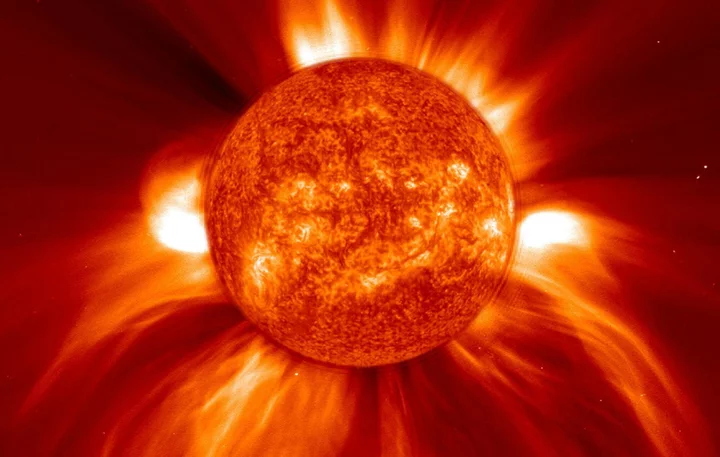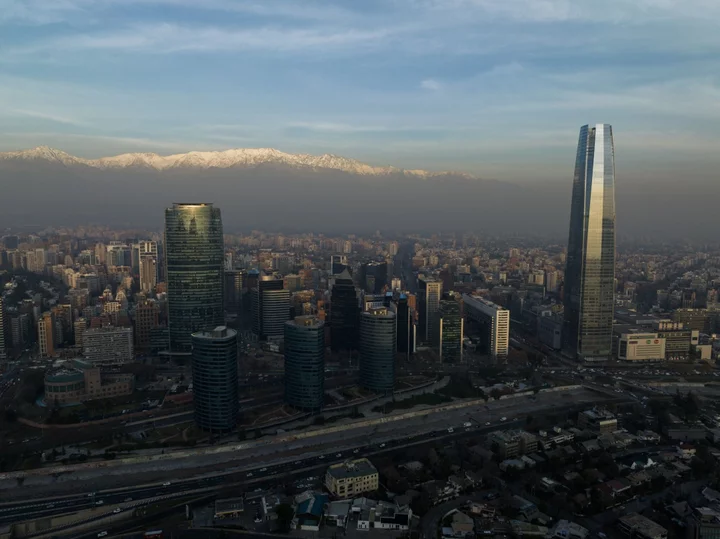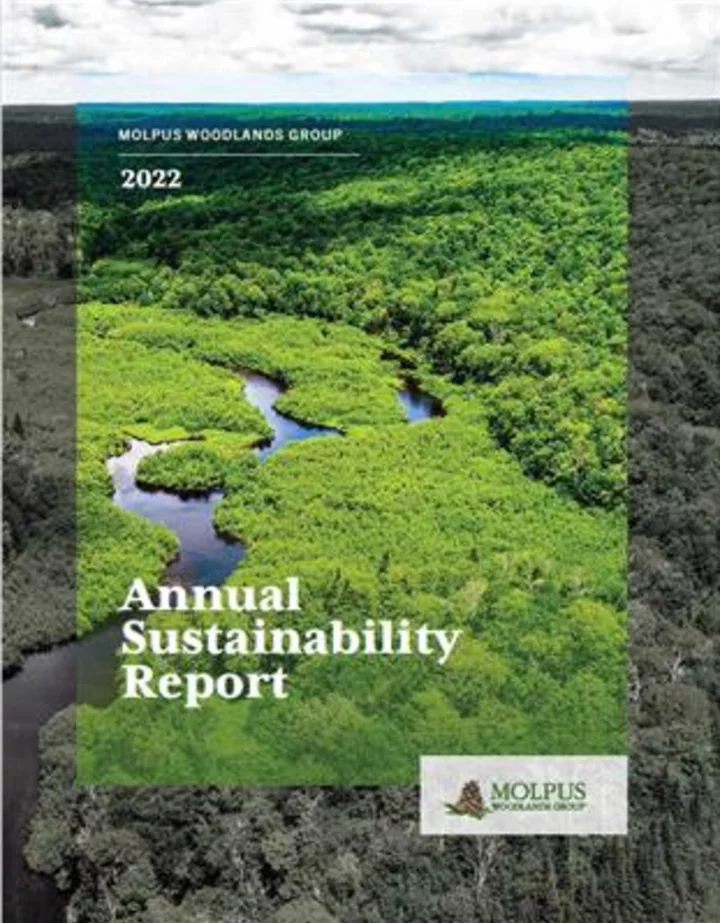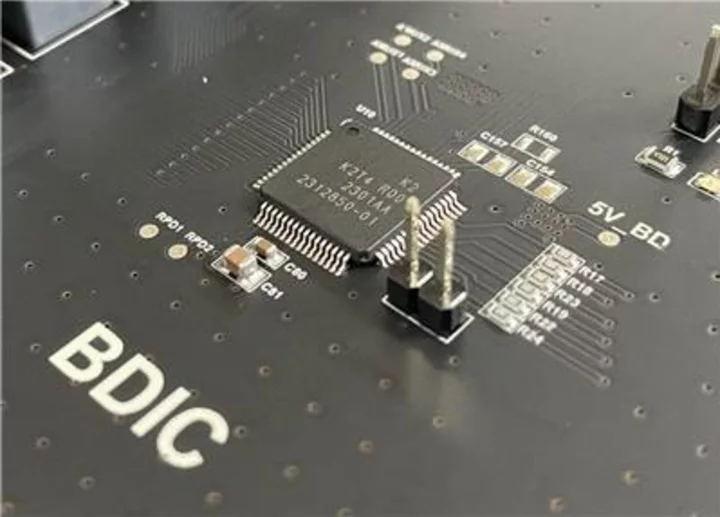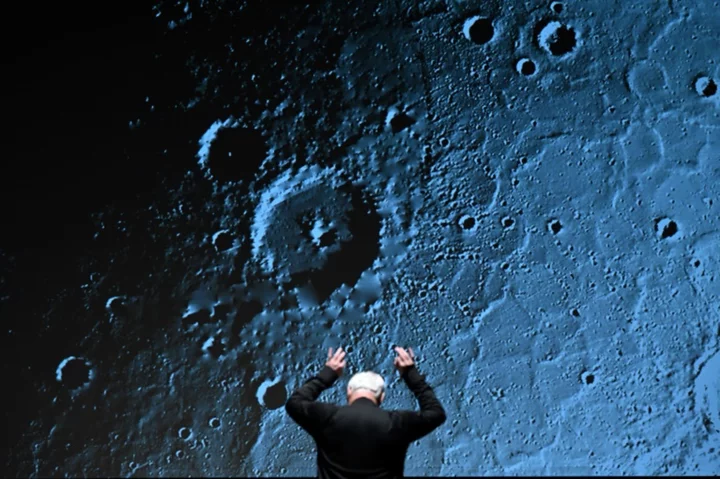For the first time, instruments on Earth, the moon, and Mars measured the effects of a giant solar eruption simultaneously, offering new insight into how radiation exposure varies in different worlds.
The event was a rare kind of a coronal mass ejection — plasma spewed from the outer layer of the sun's atmosphere into space — on Oct. 28, 2021.
This outburst was so immense, it launched energetic particles over a wide expanse of space, slamming into both Mars and Earth while they were on opposite sides of the sun, at about 155 million miles apart. The burst was even able to penetrate Earth's magnetic bubble, making it just the 73rd time this has happened since the 1940s.
On Earth, the atmosphere and magnetic field shield people against the harmful health impacts of most kinds of solar weather events. Scientists are more concerned about disruptions to power grids and telecommunications systems.
But not all worlds are so lucky.
"Understanding these events is crucial for future crewed missions to the surface of the Moon," said Jingnan Guo, an astrophysicist who researched the event, in a statement.
SEE ALSO: Solar flares are shooting into space. How you'll know if one's trouble.The new research leveraged an international fleet of spacecraft, including the European Space Agency's (ESA) ExoMars orbiter, NASA’s Curiosity rover, China's Chang’e-4 moon lander, NASA’s Lunar Reconnaissance Orbiter, and Germany's EuCROPIS Earth orbiter. The results appear in a new Geographical Research Letters paper.
One of the biggest threats to astronauts who are expected to travel deeper into the cosmos over the next couple of decades and beyond will be their exposure to space radiation — often caused by powerful eruptions at the sun.
With the moon and Mars as the latest targets for exploration, NASA and the European Space Agency are trying to better understand these solar events and their risks to humans. Astronauts who receive a high level of radiation absorption — above 700 milligray — may get "radiation sickness," wherein bone marrow deteriorates and can lead to infection and internal bleeding.
If an astronaut gets a dose over 10 gray, they probably won't live more than two weeks, according to the ESA. Apollo astronauts barely missed a solar outburst of that level on the lunar surface in August 1972. Fortunately, the event happened in between the crewed Apollo 16 and 17 missions.
The measured event in October 2021 was only 31 milligray at the moon, based on data from the Lunar Reconnaissance Orbiter. But experts calculate that an event every 5-or-so years may exceed the "safe dose level" on the moon if no additional radiation protection has been provided, Guo said.
Want more science and tech news delivered straight to your inbox? Sign up for Mashable's Light Speed newsletter today.
Astronauts will practice assembling a makeshift radiation shelter within the Orion spacecraft during the Artemis II mission. Credit: NASADuring the upcoming Artemis II mission, the first crewed moon mission in a half-century, astronauts will be busy onboard the spacecraft with several emergency drills. One will be an important test of its so-called "radiation shelter," which is little more than rearranging bags of their food and supplies around a storage area in the ship. The shelter is meant to reduce the crew's exposure to harmful penetrating space radiation during a catastrophic event, like a solar flare, that could increase their cancer risk.
To protect themselves, astronauts will move to the central part of the crew module and create a shelter using stowage bags. The mission could launch in late 2024.
Earth's moon doesn't have its own magnetic field, and Mars doesn't have one anymore, meaning particles from the sun can easily reach their surfaces, and even interact with the soil to make secondary forms of radiation. Mars does however have a thin atmosphere that stops most of the lower energy solar particles and slows down the highly energetic ones.
For the first time, instruments on Earth, the moon, and Mars measured the effects of a giant solar eruption simultaneously, offering new insight into how radiation exposure varies in different worlds. Credit: ESAThat appeared to be helpful, according to the new research. When scientists compared the measurements taken in orbit around Mars to those at the surface of the Red Planet, the difference in space radiation exposure was striking: The orbiter measured 30 times higher than the 0.30 milligray detected on the surface.
That's perhaps a surprising bit of good news for the pioneers who will brave the first voyage to Mars.

